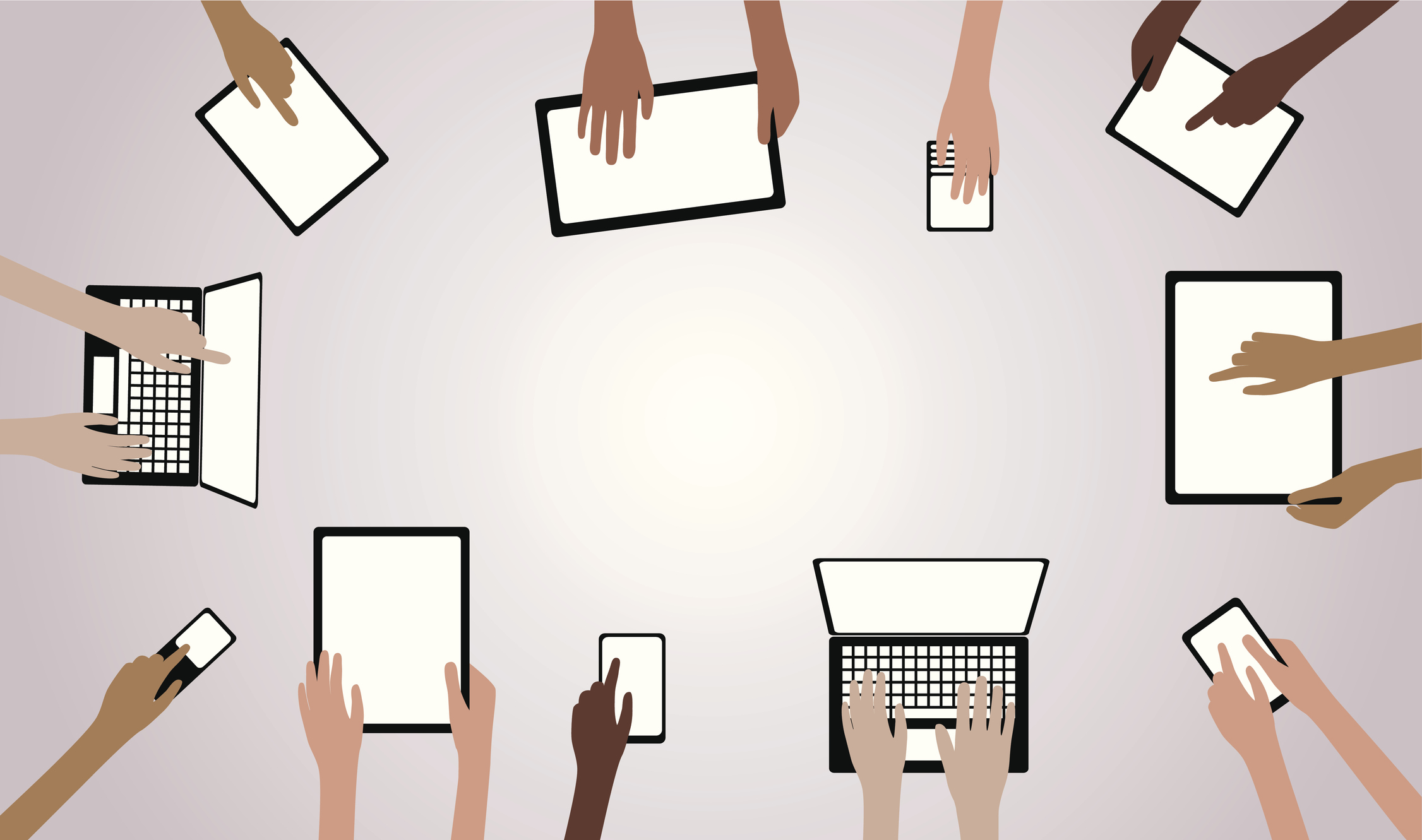

The item on this year's stationery list that has financially challenged many parents of intermediate and high school-aged youngsters has been BYOD - bring your own device, whether a tablet, Chromebook or more expensive laptop.
BYOD is fast becoming a requirement, or at least an expectation, and it's a cost that falls to parents rather than the school, along with the sturdy carry cases or backpacks and, perhaps, loss and damage insurance.
That's not to say that schools won't also have new costs such as the provision of secure, reliable, compatible and monitored Wi-Fi and internet connections, specialised software, internal privacy and data security, readily available technical support for devices that crash or won't sync, and charging facilities.
Then there will be staff training for the new ways of teaching, mentoring and interaction that open up; and for managing a classroom with multiple devices running multiple operating systems with pupils undertaking a range of different activities and research at different levels, working independently and collaboratively.
Some schools are able to provide loan equipment, financial support or negotiated deals to assist parents. However, there remains the problem of tens of thousands of homes without internet access. While schools often make before- and after-school access to their internet available, this is only a stopgap measure and still leaves education with equity issues to address.
Some parents are also wondering if this is just the latest educational fad that will, in time, pass or is, genuinely, the dawning of a new era in teaching and learning.
It's definitely the latter. Just as the workplace has embraced the digital age, education is slowly but surely moving away from pen and paper, dictionaries and text books, and even the end-of-year exams in the school hall, in the same way that it moved on from slates, fountain pens, chalk and blackboards, and soon, no doubt, the expensive and limited-use computer lab.
A digital classroom replicates the world of work. Schoolwork can become collaborative; sick pupils are less likely to get behind and could even join in lessons from home or hospital; and there's easy access to information on courses, curriculum, homework, field trips, assignments, general school notices and extracurricular activities for pupils and parents.
All their work is available in one place 24/7 and also stored in the cloud or other school backup facility, and the over-heavy backpack will become a thing of the past.
Digital learning brings a wealth of information and learning material from around the world to our youngsters' fingertips, while teachers can tailor individual work for pupils depending on their learning level, skills and interests.
As foreign as it might be to many of us, the digital classroom's time has come.












